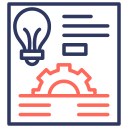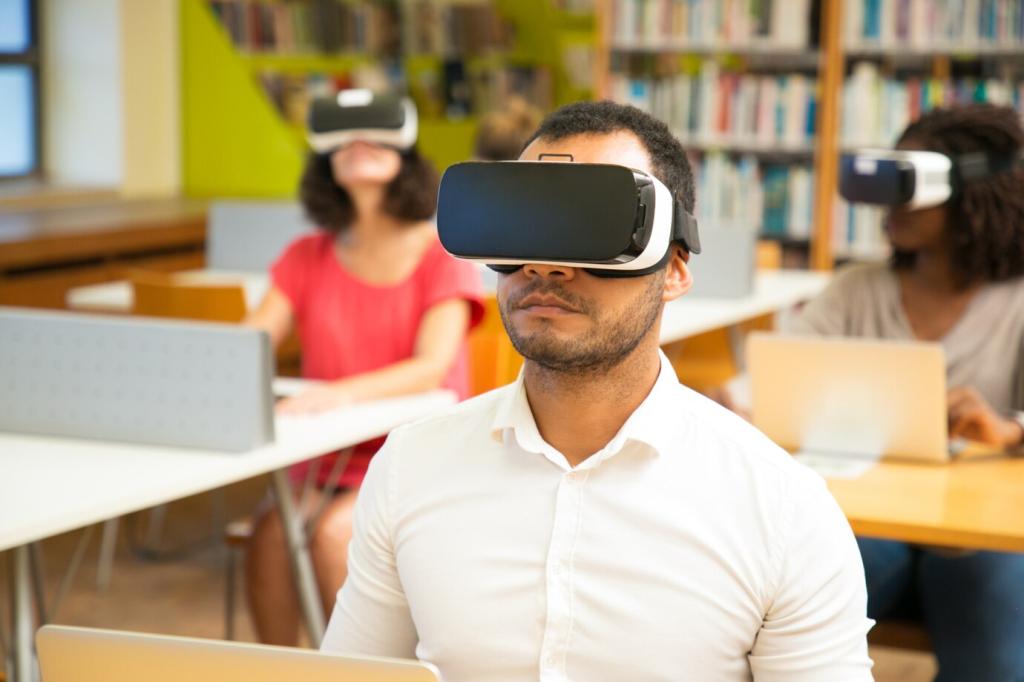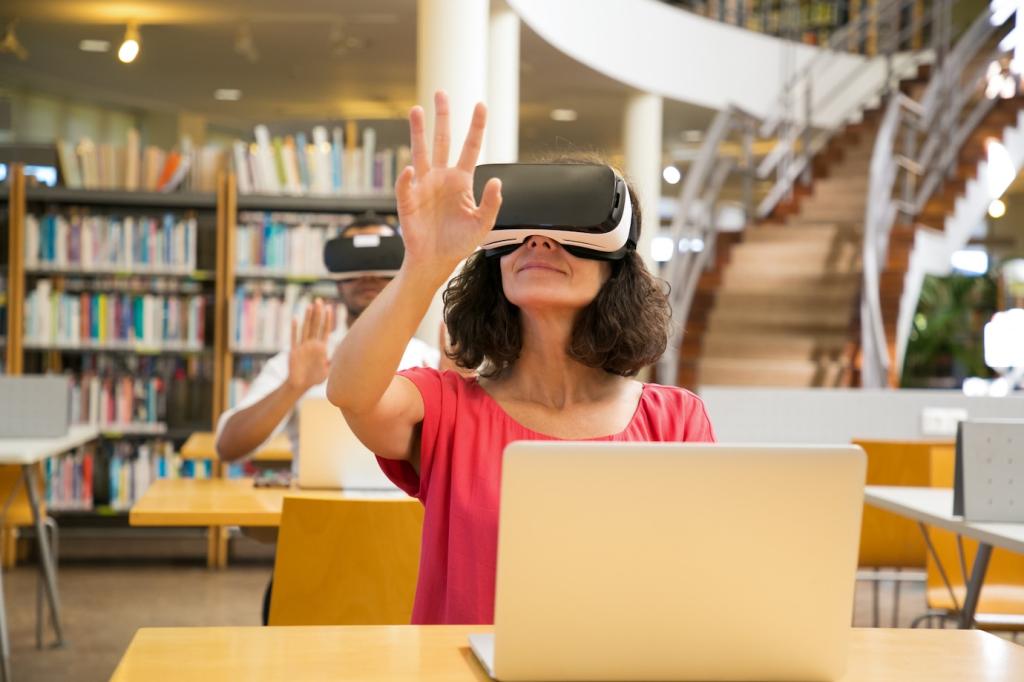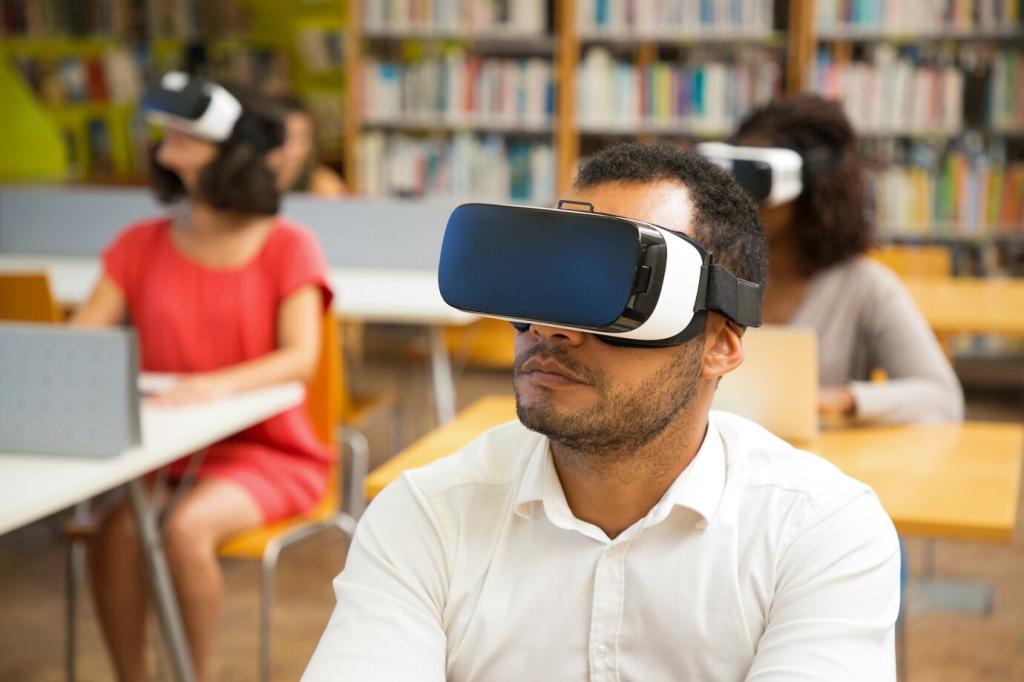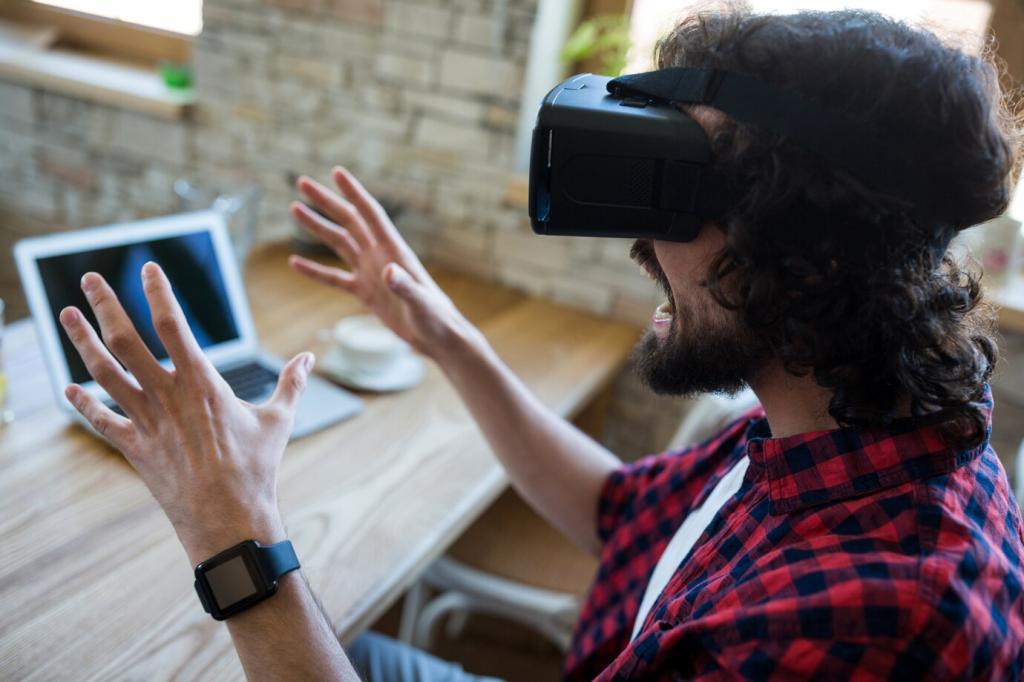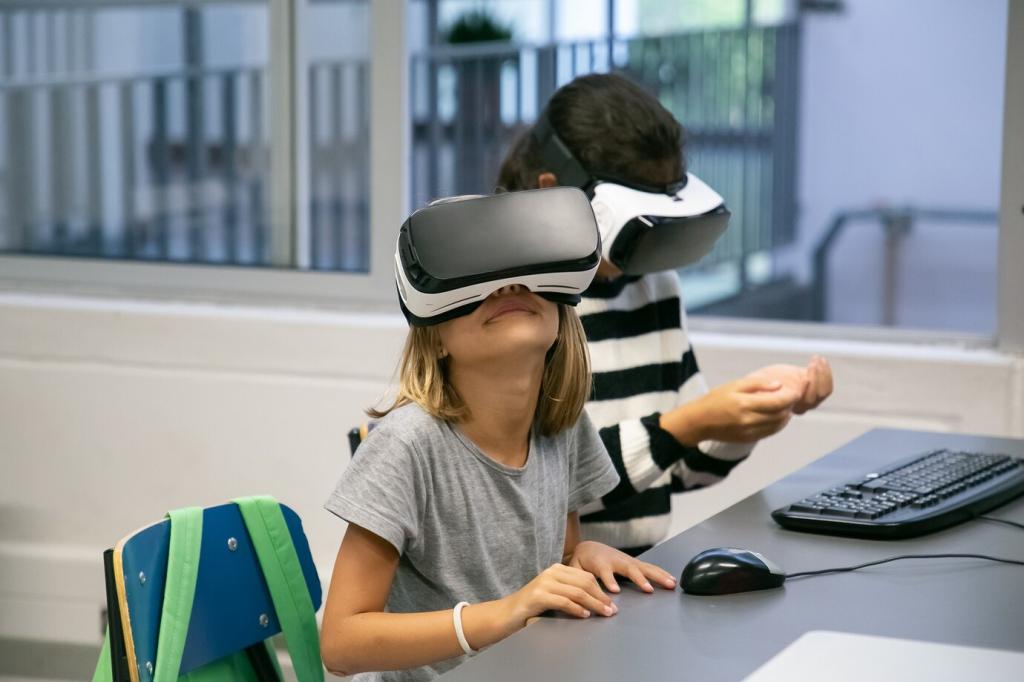Immersive Studios: Learning by Doing in Virtual Spaces
Crits move from slides to spatial walkthroughs where peers and mentors stand inside the prototype, leaving anchored comments on doors, menus, and flows. The result is feedback with context, immediacy, and emotional resonance impossible on flat screens.
Immersive Studios: Learning by Doing in Virtual Spaces
Students sketch at human scale, mapping affordances to physical movements and attention. A navigation gesture is no longer a button; it’s a reach, gaze, or step. Embodied explorations expose friction early, saving countless rework cycles later.
